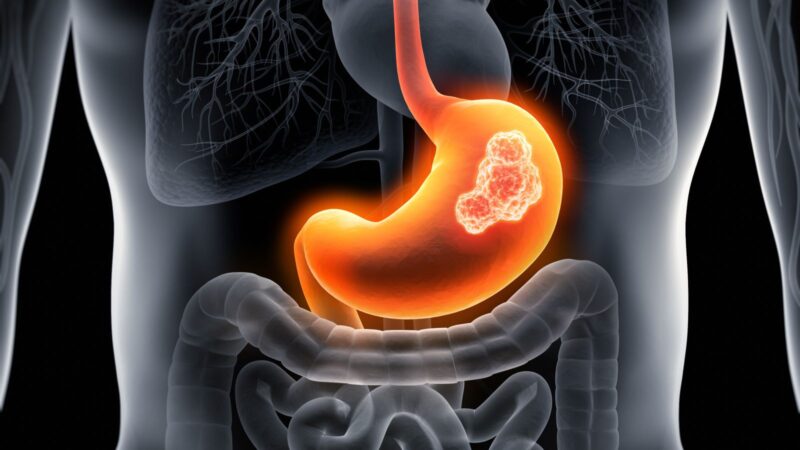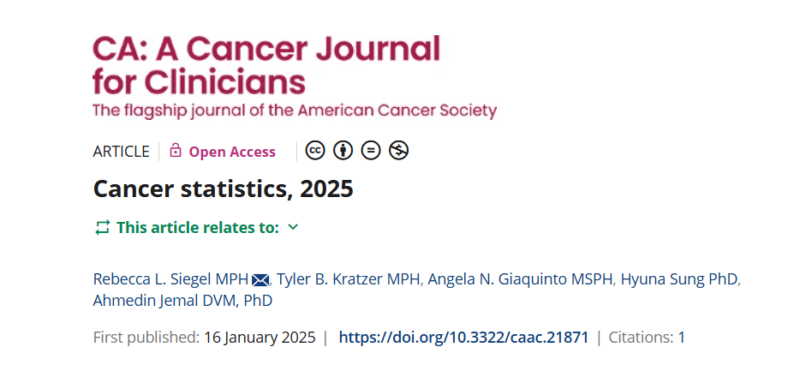Rates of cancer in women aged 50 to 64 have now surpassed those in men, with a notable increase in younger age groups, traditionally considered at lower risk for cancer. Incidence rates for women under 50 are now 82% higher than for men under 50, compared to 51% in 2002. Notably, lung cancer rates are now higher in women than in men under 65.
The rise in colorectal cancer cases among people under 45 has caused significant concern, but it is not the only cancer type on the rise. New cervical cancer diagnoses are also increasing in women under 45, while death rates are climbing for oral cavity and pancreatic cancers in both men and women. Additionally, women are seeing higher death rates for uterine corpus (endometrial) and liver cancers. Pancreatic cancer, in particular, is concerning, with both incidence and mortality rates rising. The five-year survival rate remains a low 8%, attributed to factors like better detection, rising obesity, and a lack of effective therapies.

A study titled “Cancer Statistics, 2025” published on American Cancer Society Journals, said that In 2025, an estimated 2,041,910 new cancer cases and 618,120 deaths are projected in the U.S. While cancer mortality rates have declined by 34% since 1991, largely due to reductions in smoking, earlier detection, and improved treatments, significant disparities remain. Native American populations face 2-3 times higher mortality than White people for certain cancers, while Black people experience twice the mortality from cancers like prostate and stomach. Additionally, cancer incidence is rising in women, especially those under 50, and in young adults, with lung cancer incidence in women surpassing men’s under 65. These gains in mortality are threatened by racial inequalities and an increasing cancer burden in middle-aged and younger women, calling for continued focus on prevention and equitable treatment access.
Authors: Rebecca L. Siegel, Tyler B. Kratzer, Angela N. Giaquinto, Hyuna Sung, Ahmedin Jemal.

Karen Knudsen, the Executive Strategic Advisor and Immediate Past CEO of the American Cancer Society (ACS), shared about this on LinkedIn:
“Hot off the press – the annual ACS Cancer Statistics Report has been released. This critical publication provides a comprehensive overview of cancer incidence and mortality trends in the U.S., offering invaluable insights into the state of cancer across the nation.
As an oncology community, we face many pressing priorities, but it’s clear from these data that prevention and early detection MUST remain at the forefront of our strategies – those efforts are essential to driving meaningful progress against the 200+ diseases collectively known as cancer.
Let’s continue to collaborate and innovate to save lives and reduce the burden of cancer for individuals and families everywhere.”
Dionisia Quiroga, a breast medical oncologist at The Ohio State University Comprehensive Cancer Center, added:
“People who tend to have their periods later or have children earlier in life are actually more protected from having breast cancer develop. And part of that has to do with estrogen exposure and the fact that most of these new breast cancer cases are estrogen receptor-positive breast cancers, which are triggered by estrogen in the body. There’s probably other factors, too, that we’re still learning a lot about, whether that’s exposure to different types of toxins in food, in the air, or in other places. There’s no conclusive evidence yet for most of those things. But that is something that researchers are also considering when they’re looking at these new diagnoses.”
For children under 14, the cancer picture is improving, with incidence rates declining after years of increases. However, incidence is still rising among adolescents aged 15 to 19. Mortality rates for children have dropped by 70%, and for adolescents by 63% since 1970, largely due to improvements in leukemia treatment.
The news on health equity is concerning. Cancer mortality rates are two to three times higher among Native American people than among white people for cancers like kidney, liver, stomach, and cervical cancers. Black people are twice as likely to die from prostate, stomach, and endometrial cancers, and 50% more likely to die from cervical cancer, a preventable type through HPV vaccination.
